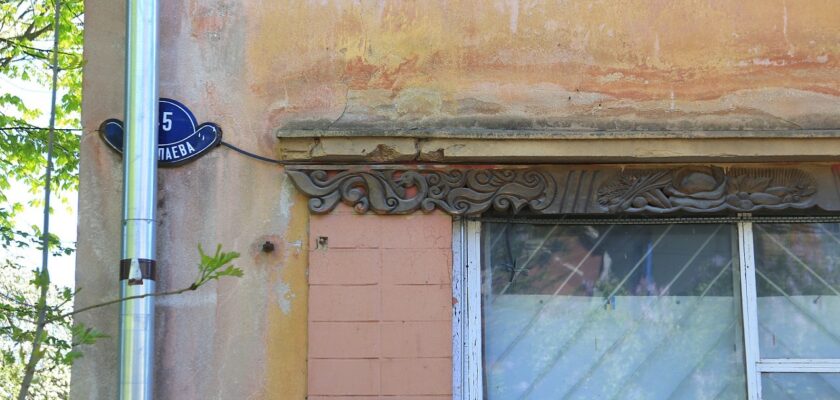Амалиенау
Amalienau is a colorful neighborhood in the west of Kaliningrad, where you can experience the atmosphere of the pre-war city. Amalienau has a rich history: it survived two world wars, passed from one state to another several times, was built up, demolished and rebuilt again.
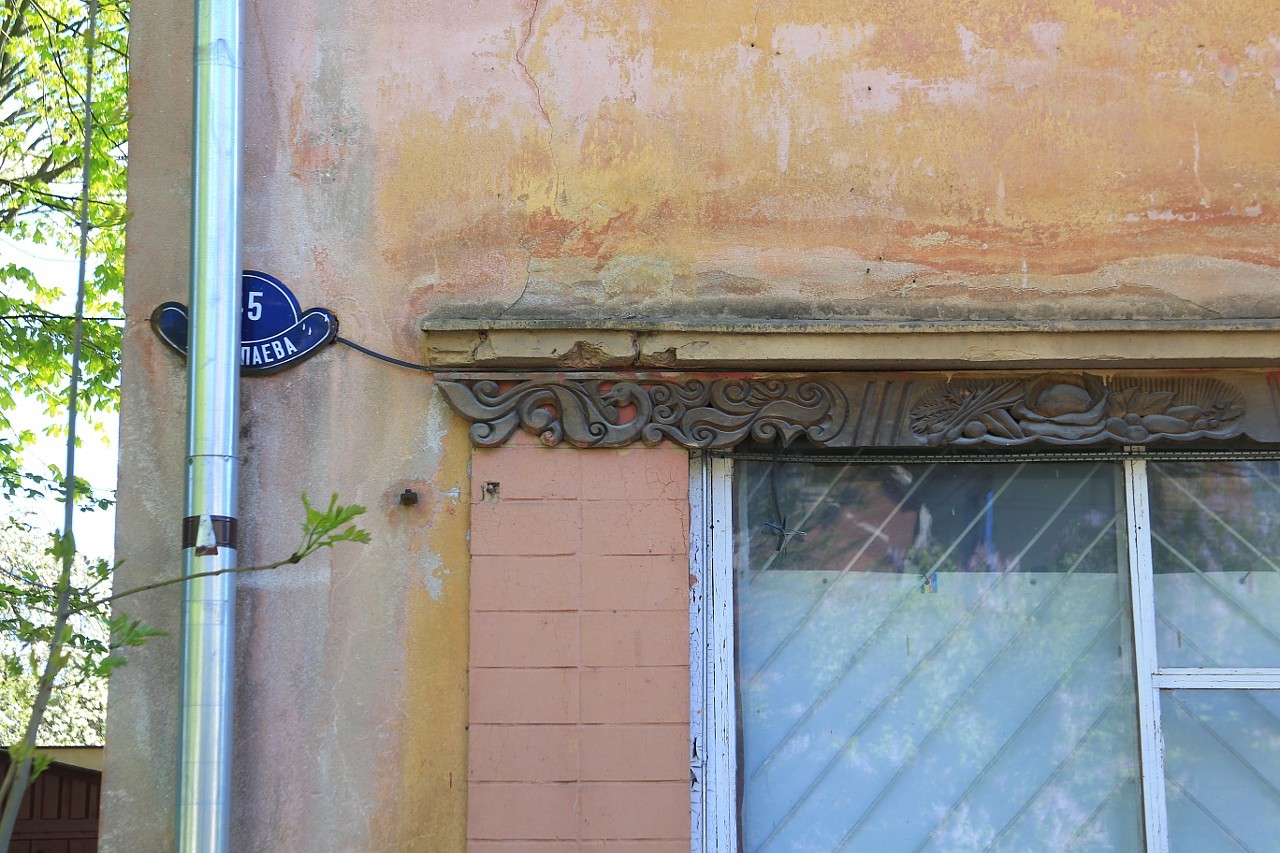
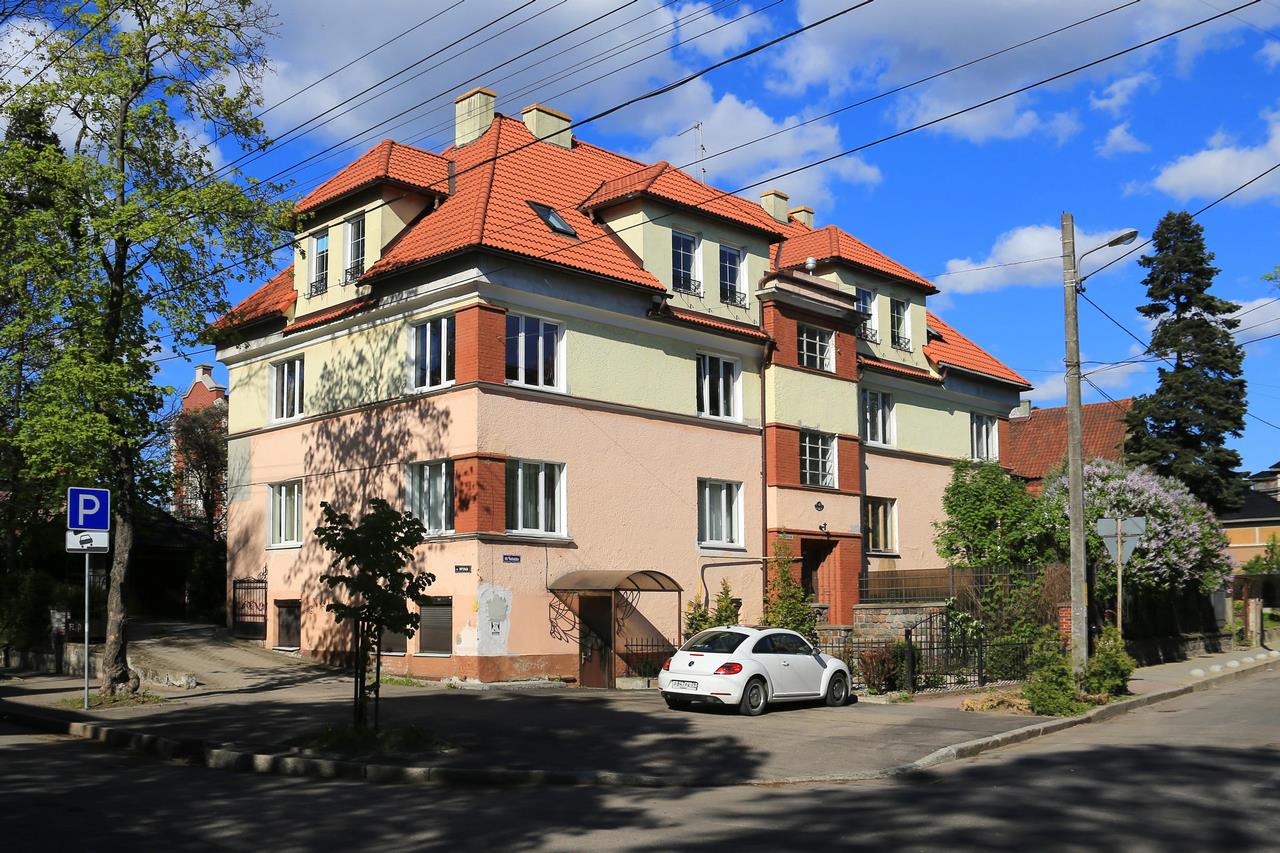
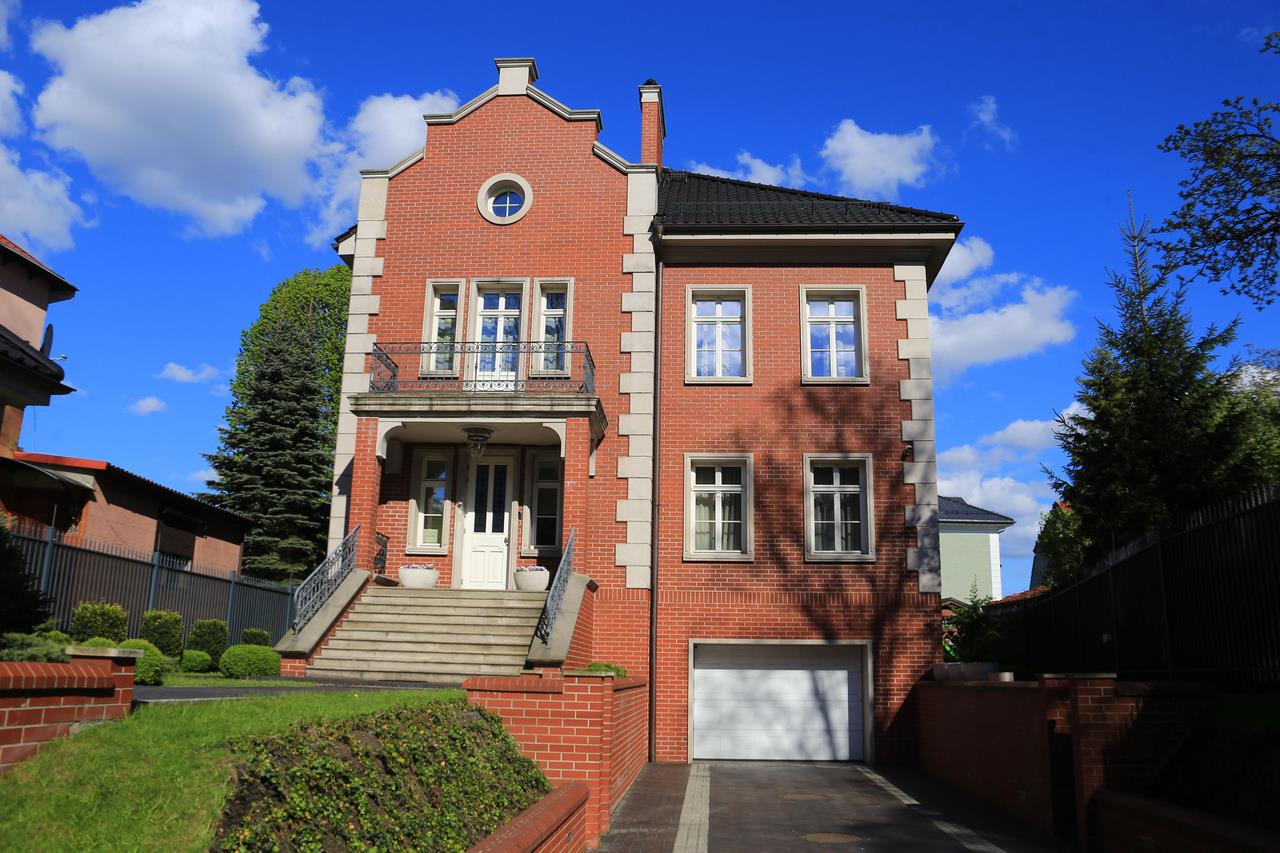
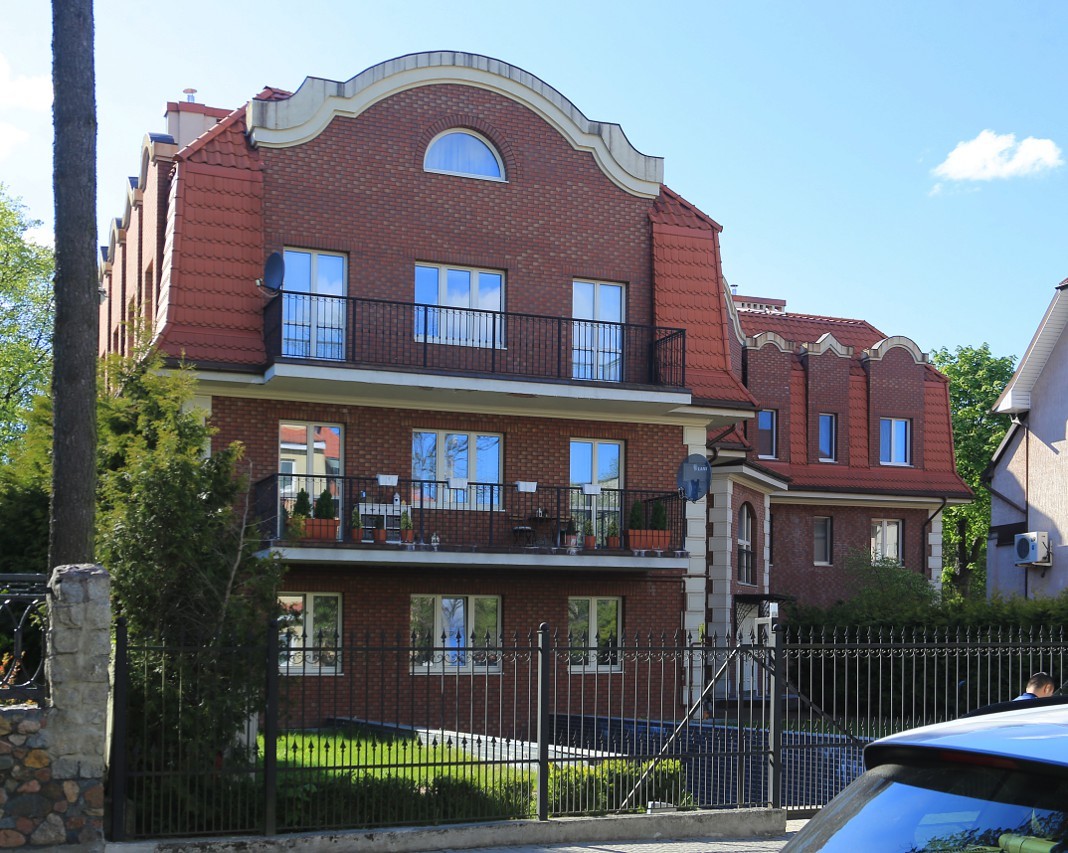
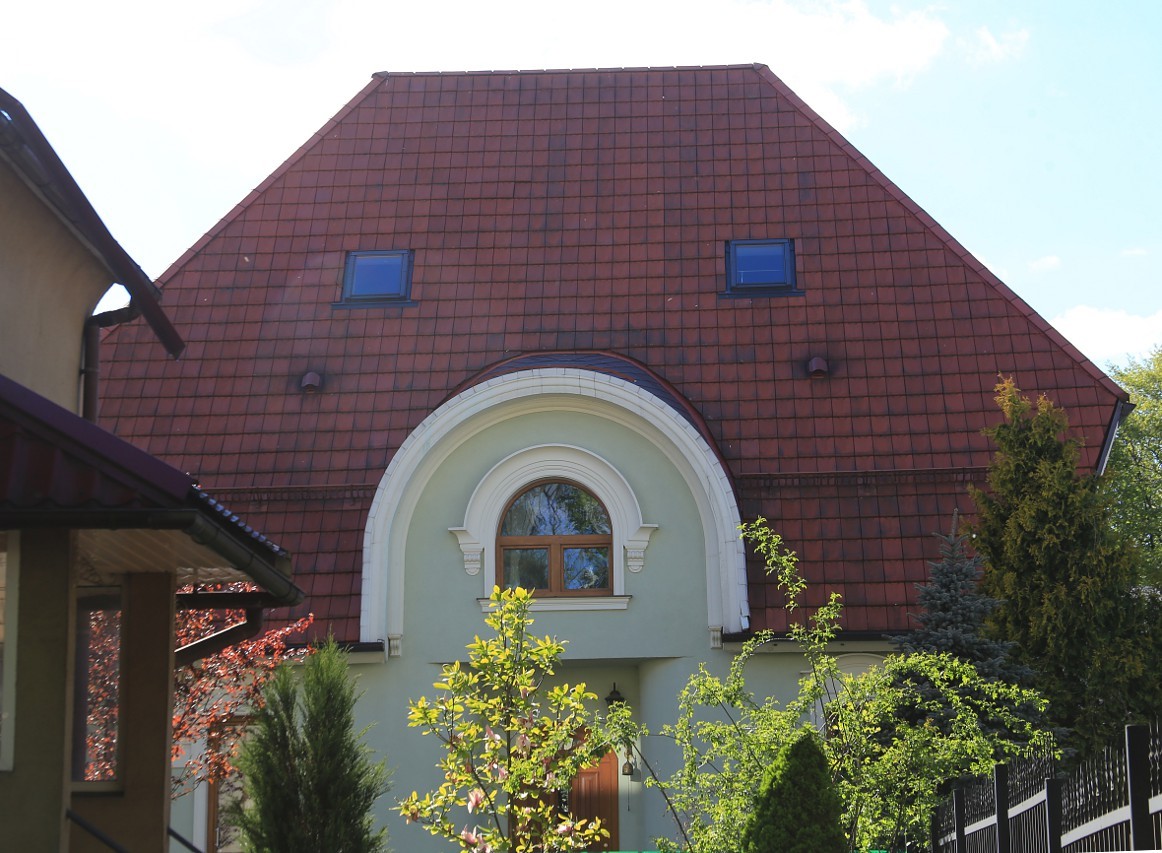
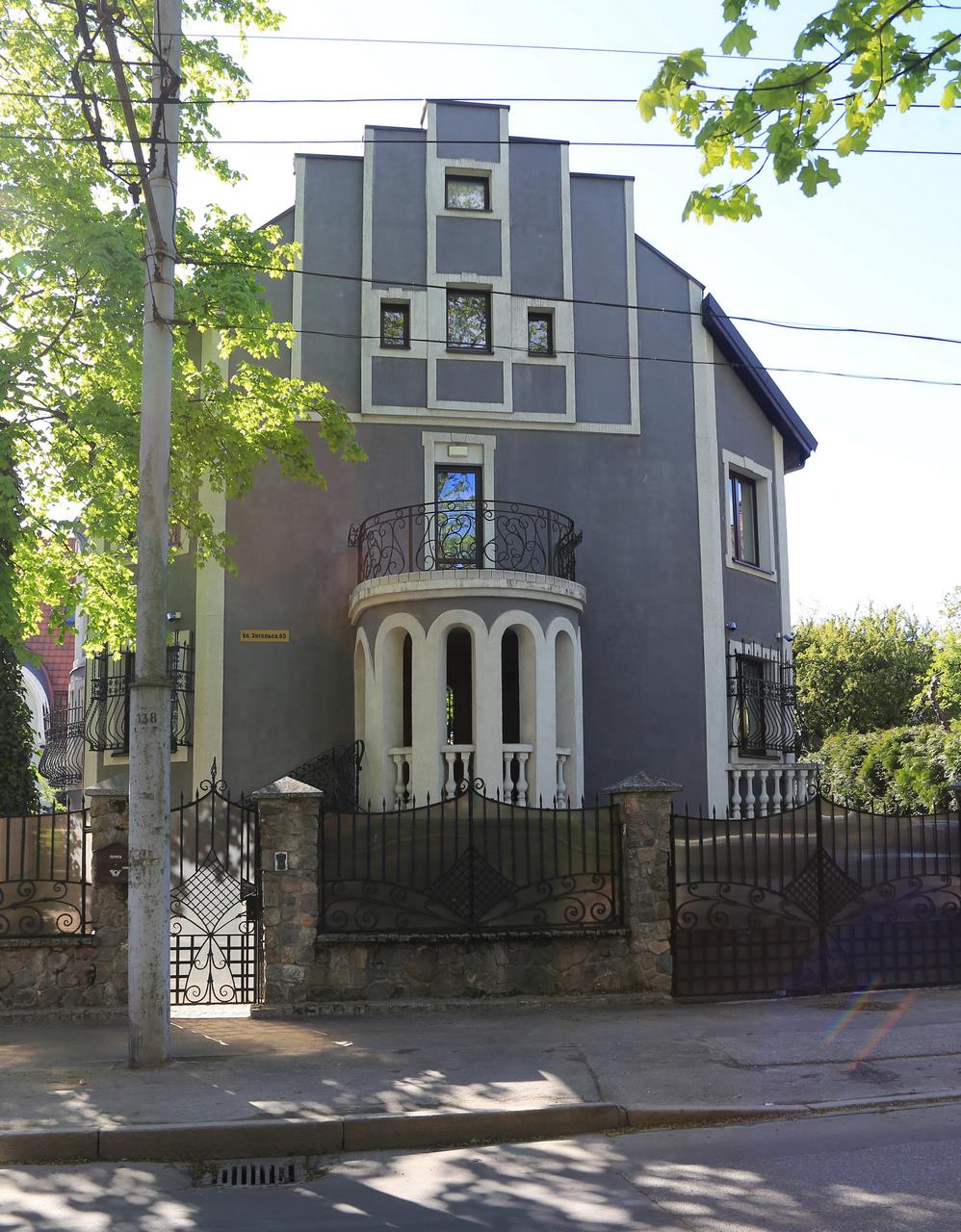
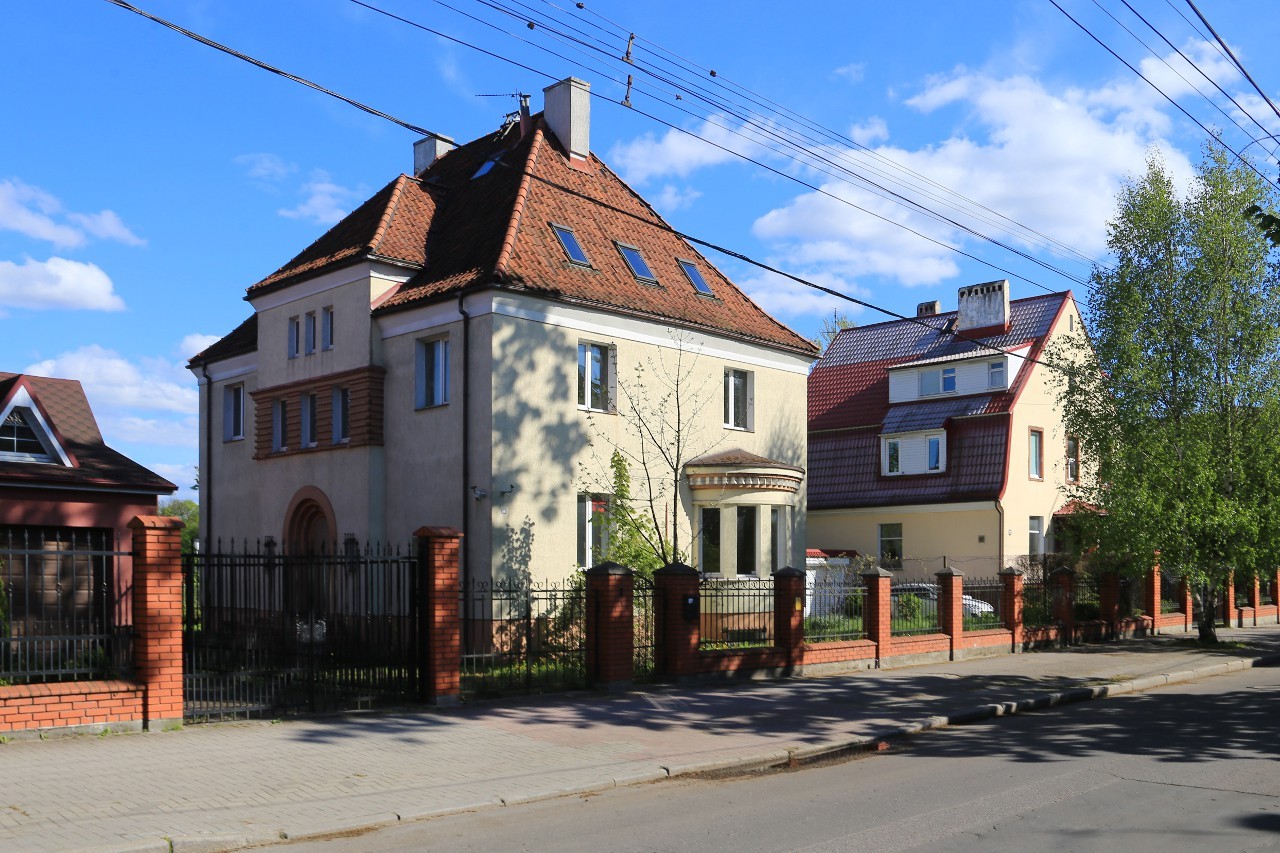
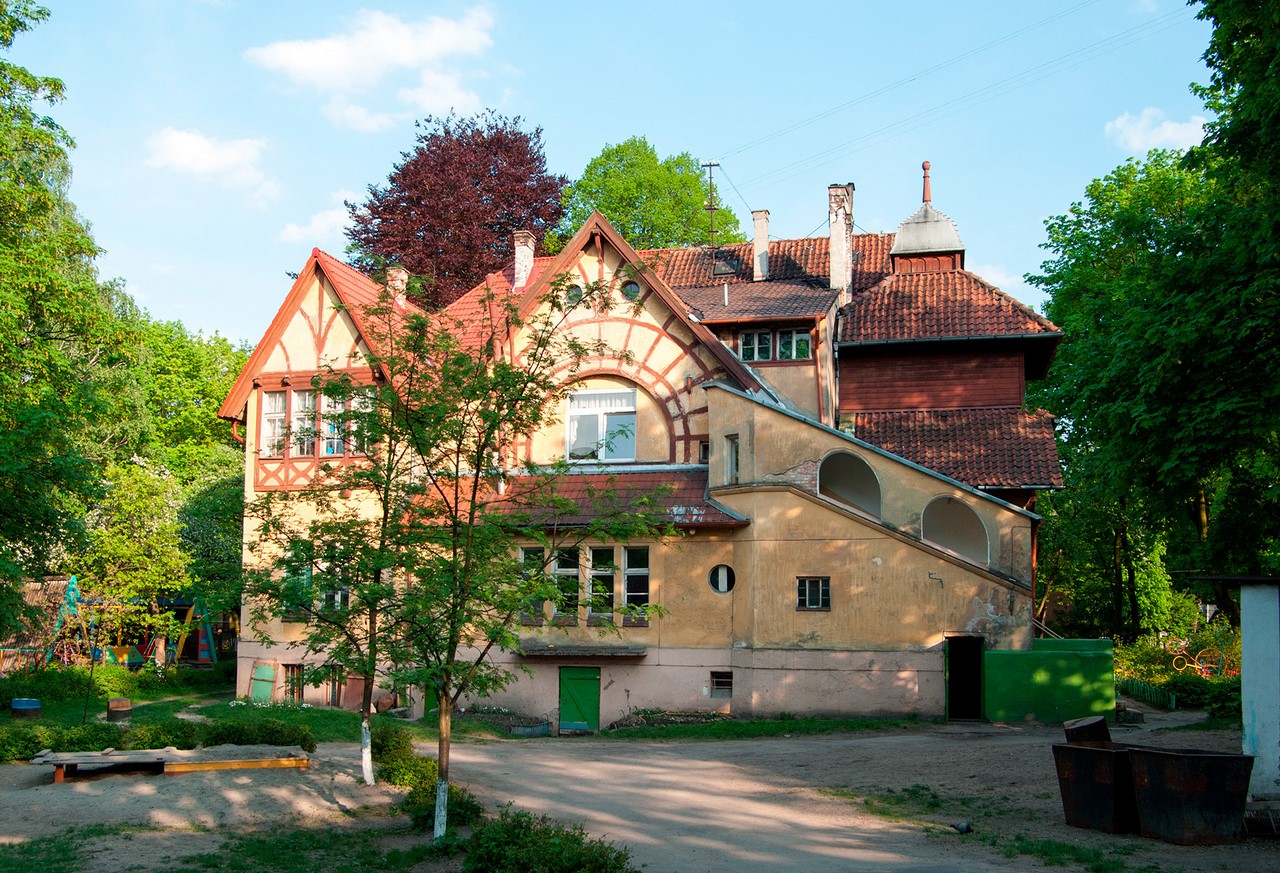
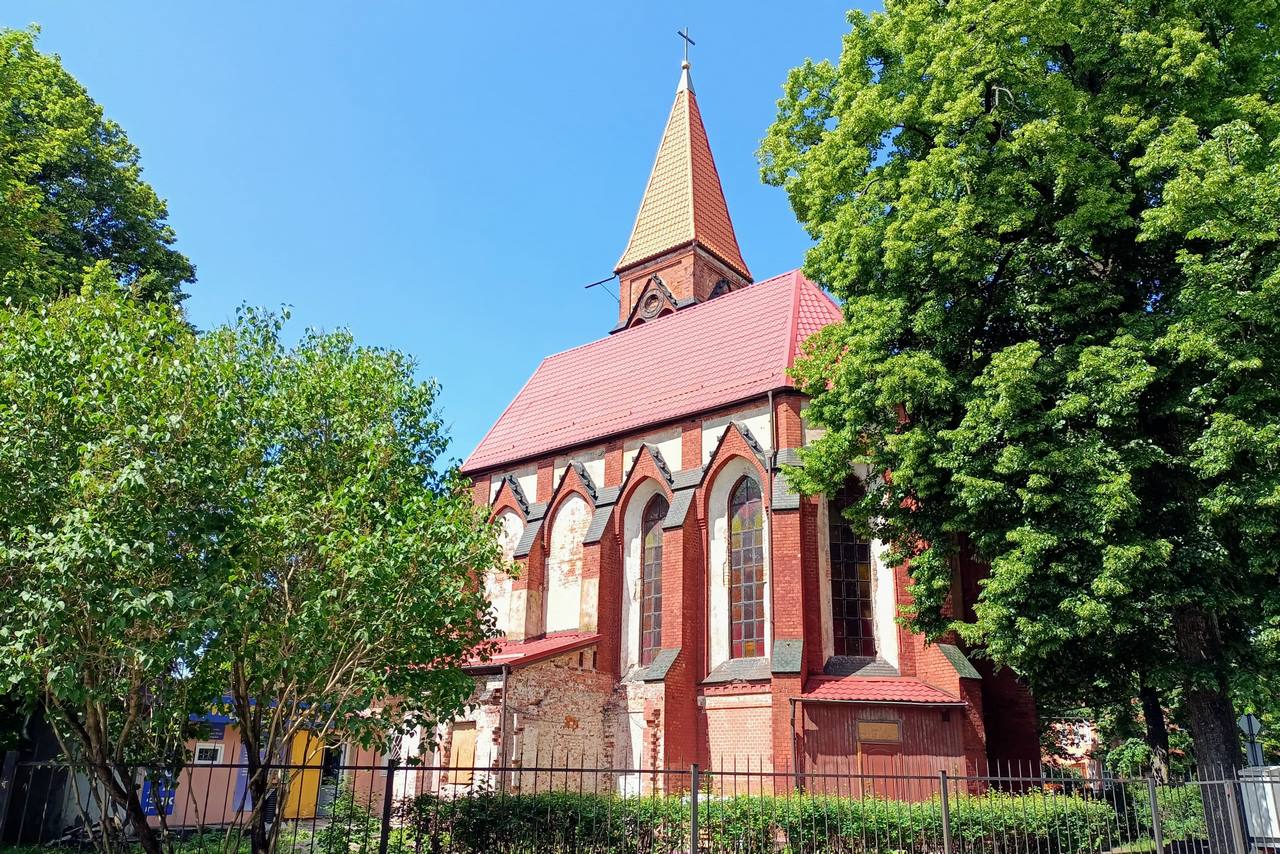
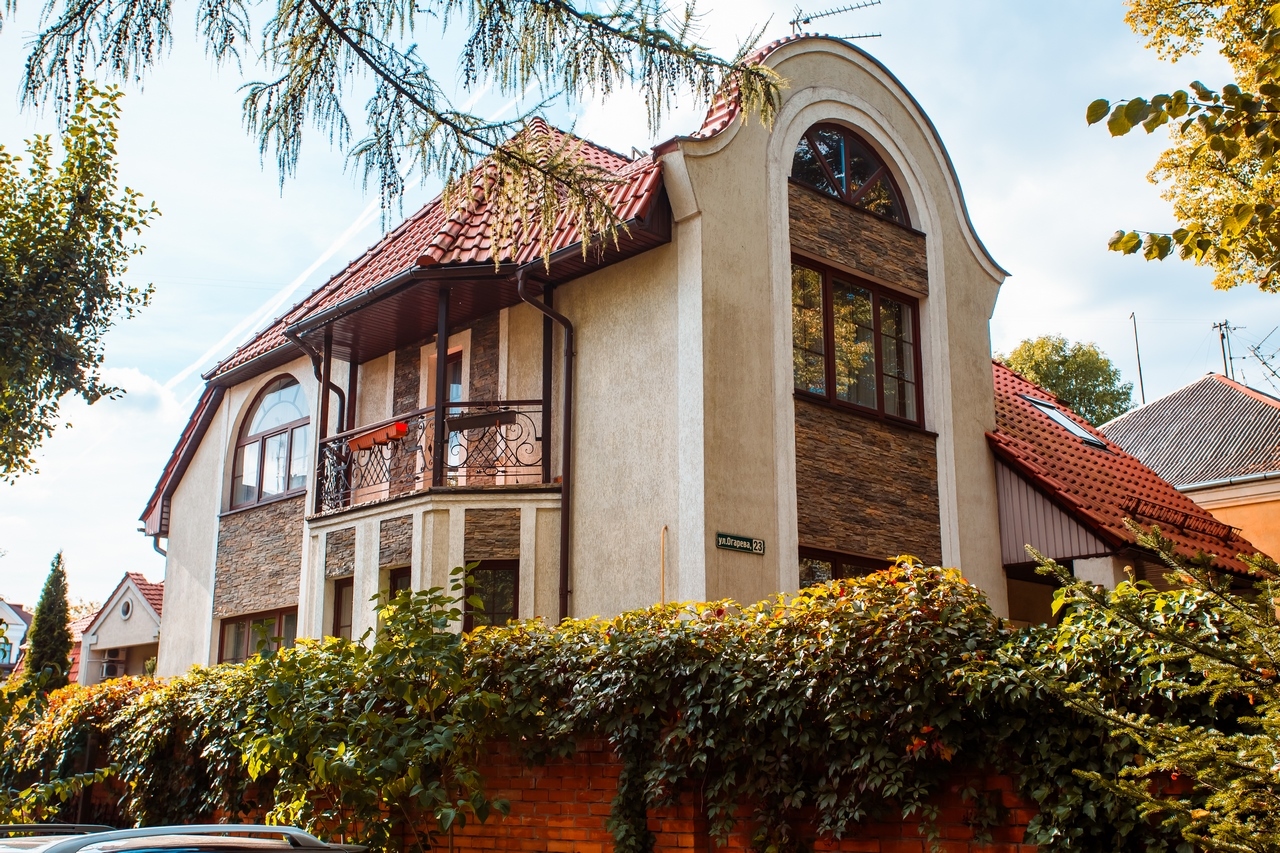
Video: Amalienau
ContentsHistory of the neighborhood
Kaliningrad is a unique city in Russia. Even on a map, the Kaliningrad region is sharply separated from the rest of the country. Of course, this is primarily due to history: until the end of the Great Patriotic War, the city was the center of the German province and bore the name Koenigsberg. During the bombing, and then the work of Soviet developers, not many real historical buildings remained in Kaliningrad – they were replaced first by housing for Soviet citizens, and then by new buildings, sometimes imitating the old style of the city. Still, there are whole preserved pre-war neighborhoods. Amalienau is considered to be the main one of them and has a special value.
.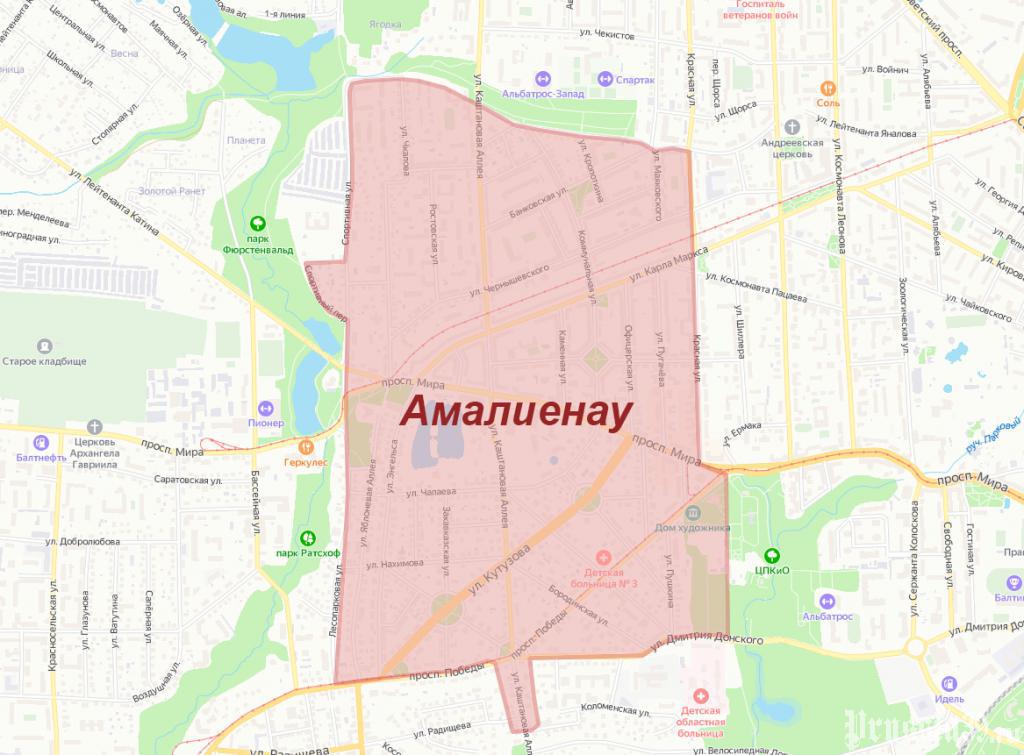
It is worth noting that Prussian law required streets to be straight. But because of the influence of the fresh garden city concept, the law was changed, so Amalienau has rounded streets, which are found few places in Kaliningrad.
.
True, this construction did not last long. The First World War made its own adjustments: until 1914, the building of the area almost completely stopped. However, Amalienau was luckier than other parts of the city – it was on the outskirts, so it was not particularly destroyed. Nevertheless, many of Amalienau’s buildings, which had survived from “village” times, were destroyed.
.
Until the 1930s, the neighborhood was not particularly touched – in place of destroyed houses did not seek to build something new. But then Hitler came to power, and the villas that survived in Amalienau, began to be given to politicians and military figures. Thus, the neighborhood quickly turned from a peripheral “appendage” to an elite neighborhood for the government. Of course, construction and beautification of this part of the city followed.
During World War II, the population of Amalienau, which was predominantly the Nazi elite, was kicked out of their comfortable villas and into barns. The neighborhood was given over to the settlement of Soviet officer personnel, so it was virtually unaffected. After the end of the war and the annexation, when Koenigsberg finally became Kaliningrad, there was a chaos with the change of owners of villas in Amalienau. Unfortunately, this was capitalized on by various crooks who tried to misappropriate or sell expensive German real estate. Part of the villas were protected from such fraud by giving them to municipal kindergartens. And now the historic villas are protected as the main tourist attractions of the area.
.The development, which survived after the war, is mainly bright representatives of Jugendstil, which very aptly characterize the architecture of pre-war Germany. However, in Amalienau there are buildings under the Classical and Renaissance – it seems that in any period after the 15th century you can find such references to history.
.https://trevaladvisor.com/img%img/Amalienaureterte/Amalienau_045.jpg” alt=””/>‘
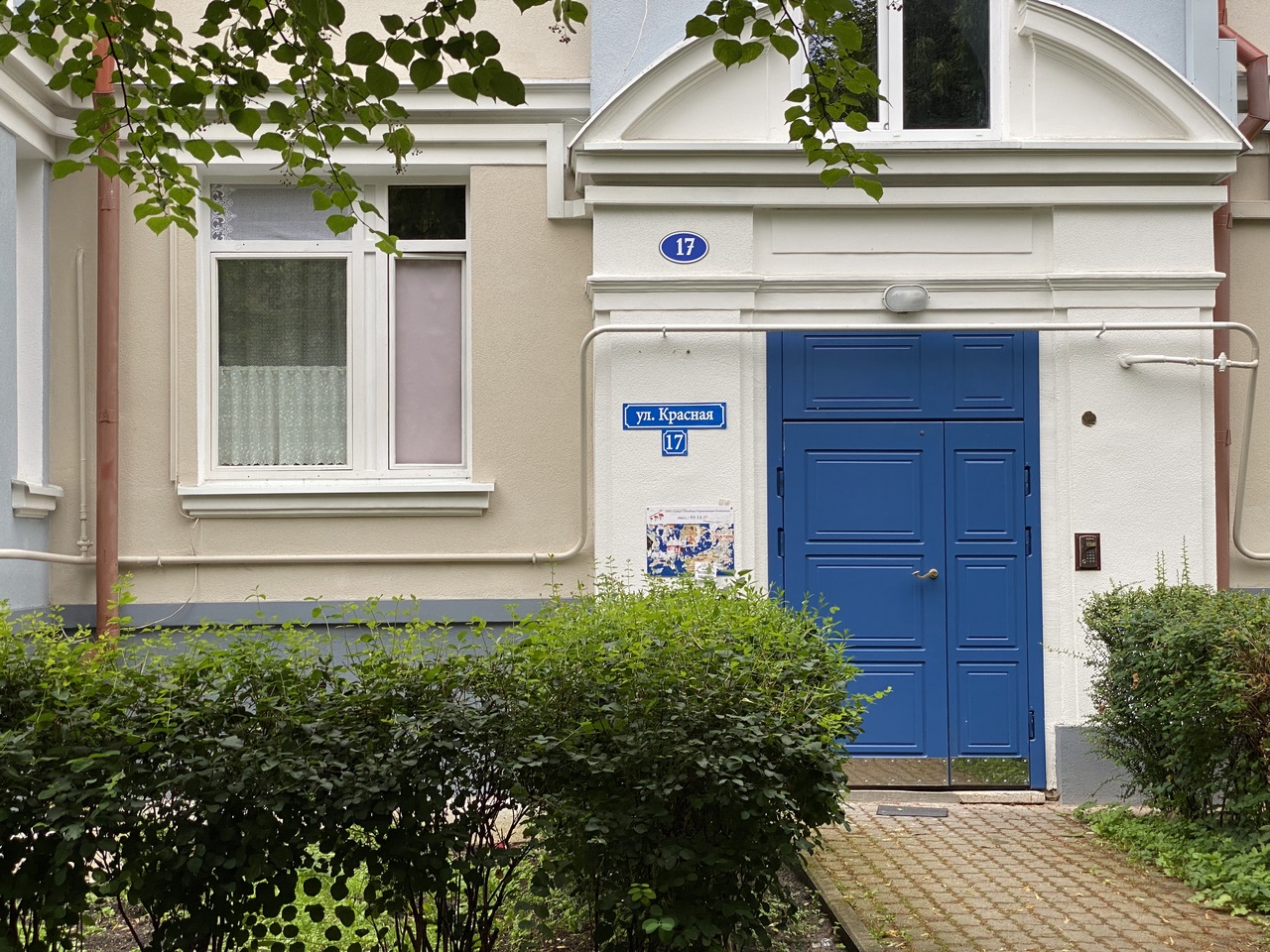
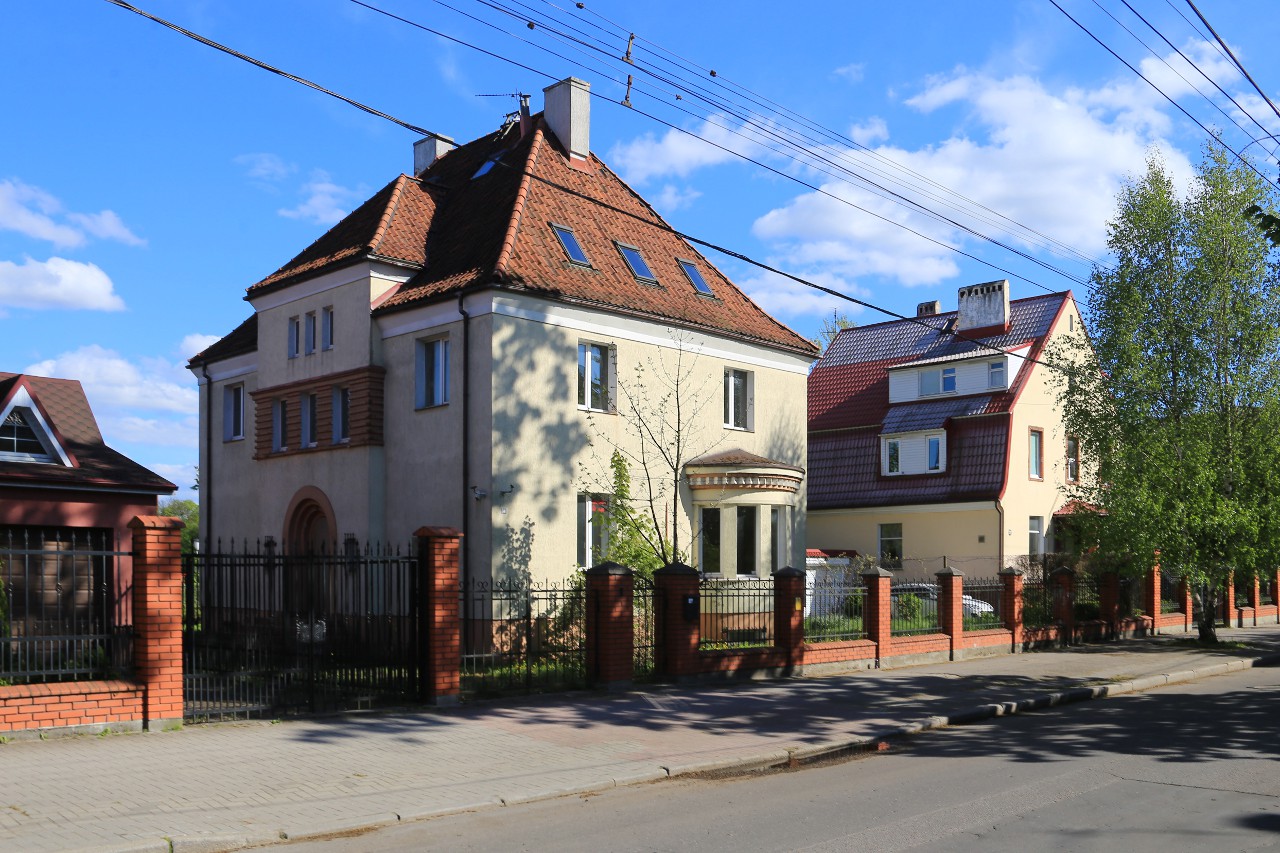

Amalienau sights
It’s pretty hard to talk about attractions in an area where the main magnet for tourists is its architecture itself. Amalienau is one of the few corners of Kaliningrad that survived the Great Patriotic War. The rest of the buildings were damaged either during the war or during the subsequent development.
.Amalienau is the choice of those who want to immerse themselves in a Western European atmosphere without having to apply for a visa. So tourists come here mainly for a leisurely stroll through the streets surrounded by pre-war German houses. However, let’s take a look at the most interesting buildings and places in the area.
.
Kutuzov Street
If you have an hour or so to explore Amalienau, spend it on a leisurely stroll down Kutuzova Street. This is the main street of the neighborhood, in pre-war times it was called “Kertheallee”. The road is divided in the center with lawns decorated with flowers. A comfortable sidewalk is located on the sides of the road.
.A variety of villas and houses line the street. Most of them are expensive private homes. Some German buildings have been demolished and replaced by new modern housing. Yet most of the owners have retained the original appearance of their property. You’ll be greeted by carved balconies, wooden platbands and a recognizable Prussian architectural style.
.Rutt Rural House
While strolling along Kutuzova Street, pay attention to house number 8. This building is one of the most famous in Kaliningrad. It was built in 1905-1910. On the facade of the building you can see a cartouche with the inscription Landhaus Ruth, which literally translates as “Rural House Rutt.”
RosenthalAnother interesting villa is located at 38 Ogareva Street. Like the Rutt house, Rosenthal has been preserved almost in pristine condition.
Mel
.Villa Mel is sometimes referred to as “Mel”. The name was not chosen because of the white facade. The building was named in honor of the architect Ernst Mel, who designed the villa. The Mel was erected in 1905, and in 2018 it was restored, trimming the facade, roof and correcting a few other flaws. The villa is located at 24 Kashtanova Alley – just turn from Kutuzovskaya to Kashtanova and walk a couple of houses to see it.
.Kramer
Turning on Kashtanovskaya, pay attention to the 32nd house – it’s Villa Kramer. Don’t be fooled by its pristine appearance – right after the war it looked very unsightly. Kramer turned out to be one of the few villas that were damaged during the war. But restorers managed to restore it to its former appearance.
Aron
.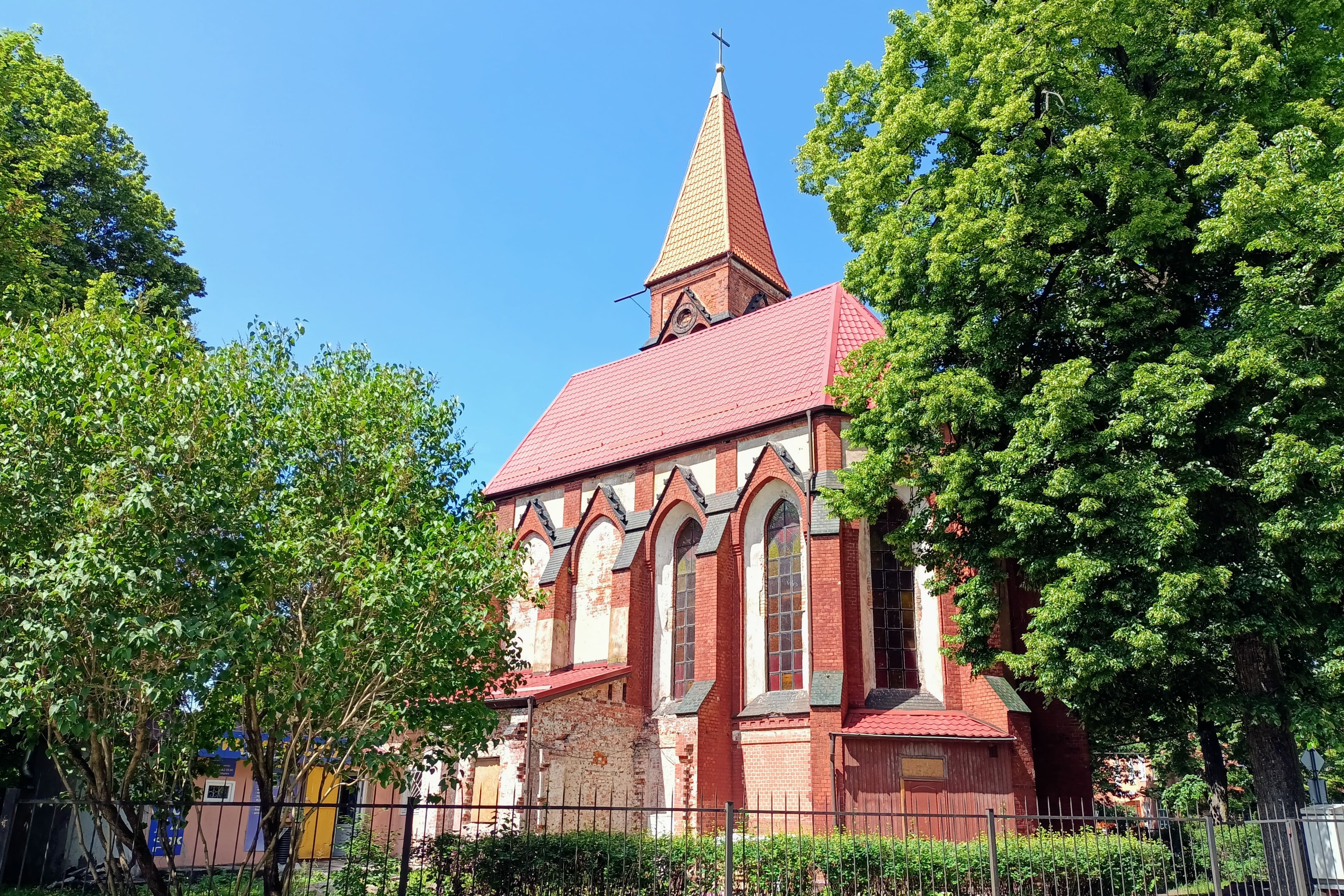
If you have a big enough budget, you can stay in the historic center: there are plenty of nice and comfortable hotels, Amalienau is within easy reach and there are plenty of other attractions nearby, such as the Fish Village and the Cathedral.
.You can stay at the Skipper’s Hotel. It is nestled next to the picturesque waterfront. If you want to immerse yourself in the romanticized history of Kaliningrad, then this cozy hotel will suit you just fine.
.
Next to the “Skipper’s” there is a four-star hotel “Kaiserhof”, which is popular with businessmen. The hotel is equipped mainly for business travel, but it is also located near attractions, so it is suitable for wealthy tourists.
.
If the budget is tight, you can stay in less prestigious hotels in the Leningradsky district. Near the Botanical Garden there are many inexpensive hotels and hotels with 2-3 stars, where you can stay overnight, and during the day to walk around Kaliningrad. True, and to get from them to Amalienau will have to take a little longer – if the previous hotels are located in the center, the cheaper options were built to the northeast of it.
.
If you want privacy and you are most attracted to Amalienau, you can make a move and stay at the four-star Anna Boutique Collection Hotel. It is located west of Amalienau in a quiet corner. However, the overly luxurious interiors will not be to the taste of every visitor. There is free parking next to the hotel, and the building itself is located next to the road that will take you directly to Amalienau. This is a great option for travelers with a private car.
.How to get there
Amalienau is a neighborhood in the northwest of Kaliningrad. By public transportation you can get there without transfers from almost anywhere in the city. The information board of buses and streetcars usually indicates that the route goes to Amalienau. If there is no such sign, look for the names of stops from the area:
.- Chestnut Alley;
- Prospekt Mira;
- DK Rybakov;
- Kommunalnaya Street; .
- Central Park and Recreation Center;
- Nakhimova Street;
- Nakhimova Street.
All of them will lead you to Amalienau, and already in the neighborhood itself you will not have any trouble orienting yourself – it is quite small.
.
By private transport from the historic center you can get there along Leninsky Prospekt. It further flows into Prospekt Mira, which rests in the center of the district. From the west you can get to the district along Victory Avenue. And if you stop in the Leninsky district, you need to drive along Chernyakhovsky Street, which flows into Victory Square, and then turn to Prospekt Mira.
.
Photo illustrations courtesy of Paul Lansberg (LPSPHOTO)
.